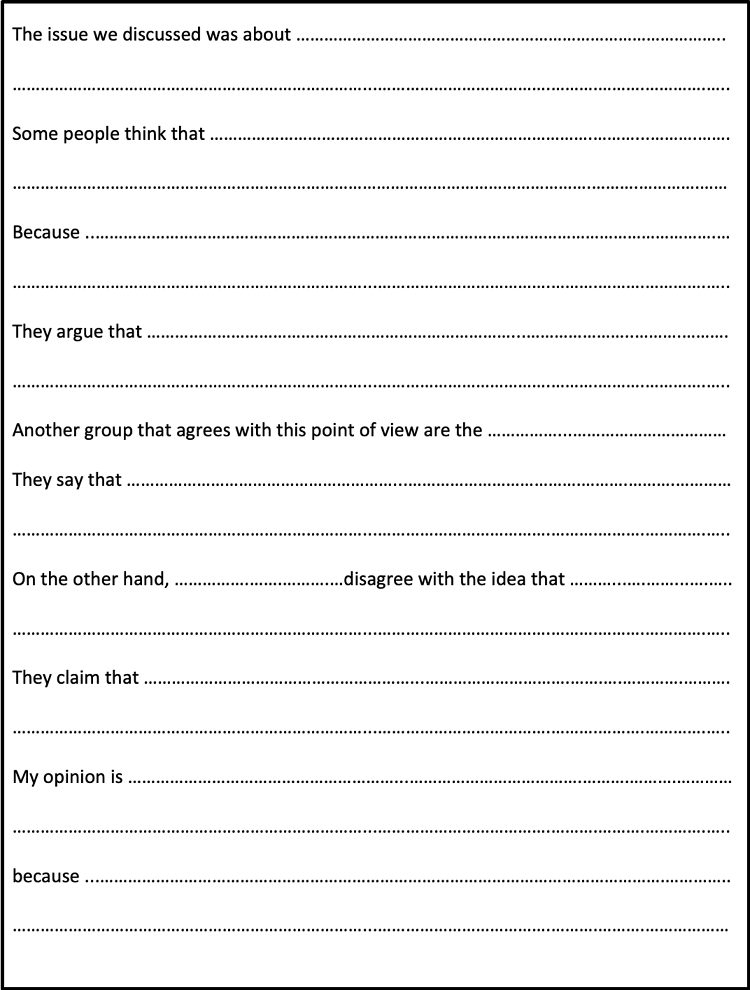Extended writing in geography can provide teachers with insight into students' geographical knowledge and understanding, as well as their geographical thinking and reasoning. It is a complex activity that requires students to
- understand the geographical problem,
- select relevant geographical ideas and evidence,
- analyse how they fit together including identifying the 'big points',
- then reorganise these ideas and information into a logical sequence (Butt, 2005).
An interesting study by Budke, Schiefele, & Uhlenwinkel(2010) on Year 11 students' skills in writing geographical arguments found that students had difficulties constructing arguments firstly because they could not identify the crux of the geographical problem. Secondly, students also did not understand that an argument was made up of
- premises and a conclusion,
- a warrant (which should be supported by facts/evidence)
- a rebuttal (exceptions in the form of facts/evidence).
It is important, therefore, that in teaching extended writing in geography, teachers need to teach not only geographical content but also the skills of planning and writing evidence-based arguments.
An effective way to help students learn to produce a high-quality extended geographical response is to use writing frames.
Using a Writing Frame
Writing frames are often designed to support students with writing difficulties yet they are also successfully used to help all students develop the higher-order writing skills needed to produce extended pieces of writing. Writing frames can range from a detailed set of paragraph or sentence starters for developing writers, to a generic essay template to facilitate independent essay-planning skills for more established writers (Balderstone, 2006).
The purpose of writing frames is to help students use 'generic structures of a recount, report, procedure, explanation, exposition and discussion' until they become familiar enough to assimilate these structures into their writing repertoire (Extending Literacy Project (EXEL) 1995, cited in Lambert & Balderstone, 2010). They may include the following features:
- keywords and phrases, with a basic skeleton framework
- template of starters, connectives and/or sentence modifiers
- differentiated activities from fill-in-the-blanks to open-ended grids for the organisation of information
- essay template for introduction; development paragraphs (topic sentence and elaborations, including definition, evidence, example, explanation, and link); and conclusion.
Using this sequence of
I do, we do, you will support the development of independent writing.
When using writing frames, always
- begin with a discussion and teacher modelling,
- then move onto a joint (e.g. cooperative learning) activity
- followed by students undertaking writing using the frames (Lambert & Balderstone, 2010).
As students' confidence in writing grows, encourage students to alter the frames or devise their own (Butt, 2005).
In teaching extended writing, when students can empathise with the lives of the people they are writing about, they are more likely to engage with the techniques of extended writing (Selmes, 2016). Teachers should use writing frames as scaffolds to help students become accomplished writers who can demonstrate empathy for very different lives through a reasoned analysis of the geographical issue. Writing frames should not be used as rigid templates.
The following is an example of a writing frame to present arguments and information about different viewpoints.
